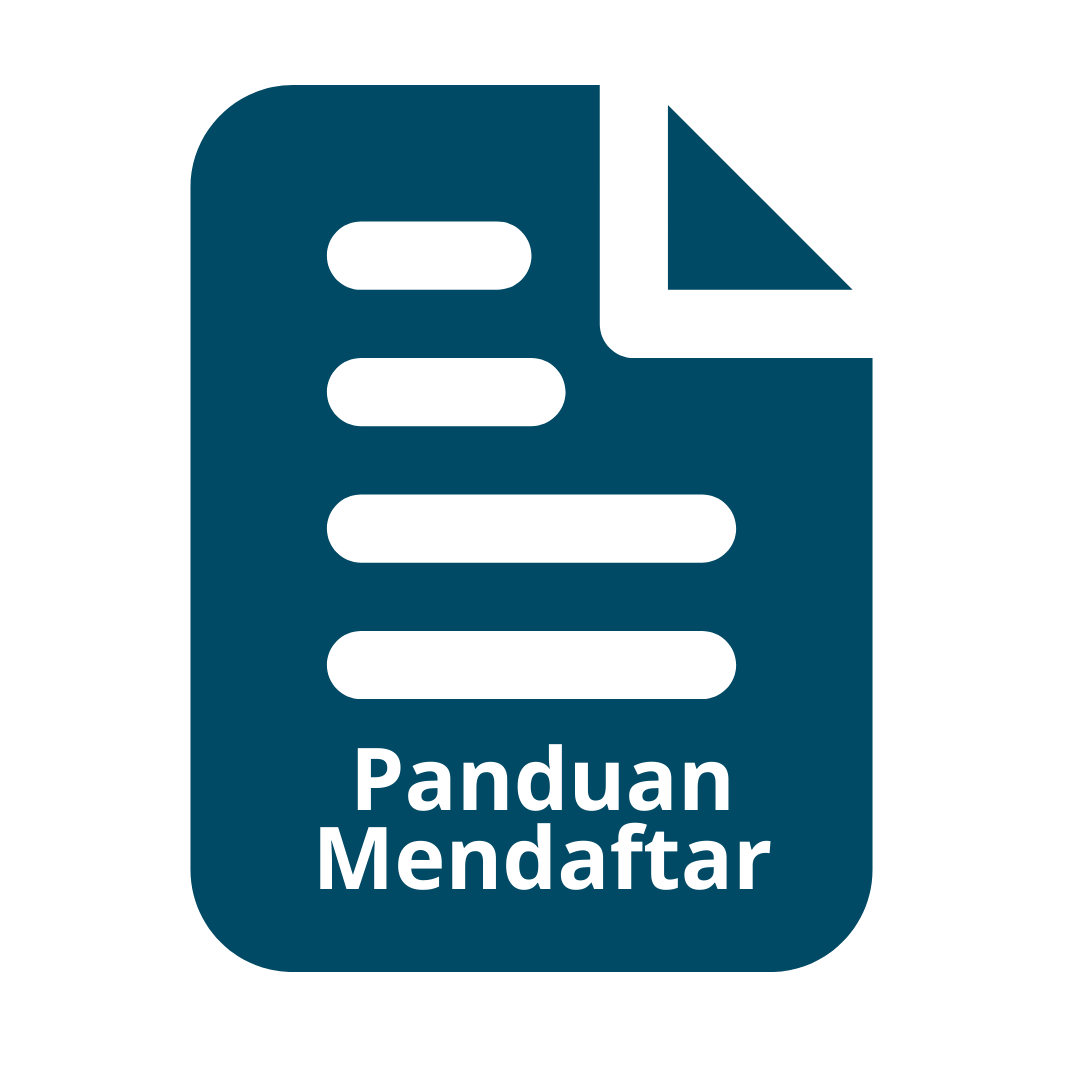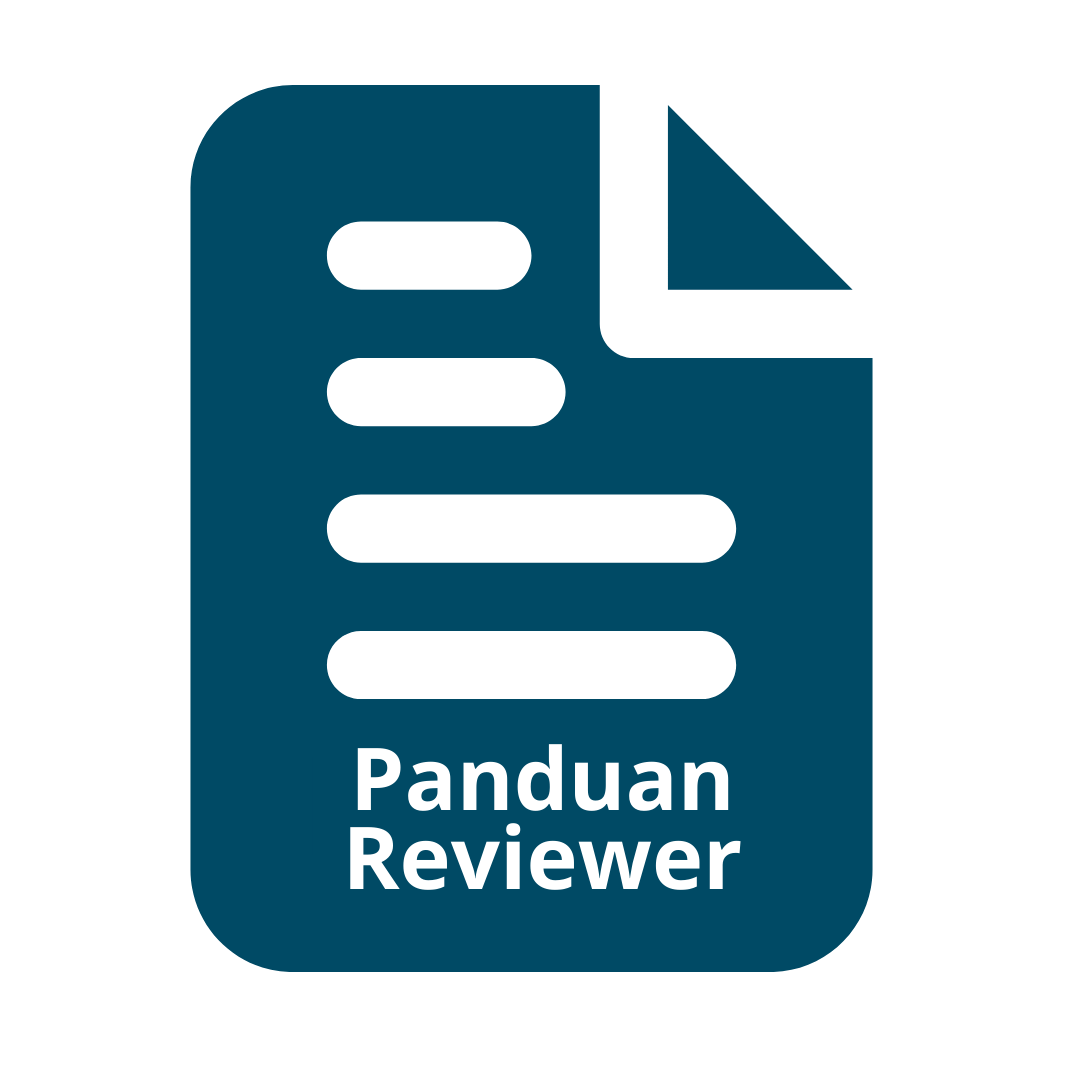The Abundance of Rice Stem Borrer on Diah Suci Rice Variety on Various Fertilizations and “Jajar Legowo” Planting System
Abstract
The abundance of pests are influenced by soil fertility and plant density. Vigorous plants in narrow spacing led to pests infestation. Pests will have an effect on production of rice. Research was conducted in the village of Sentono, District of Karangdowo, Klaten regency, Central Java province, to identify the effect of various type of fertilization and “jajar legowo” planting system on the abundance of rice stem borrer in Diah Suci rice variety. Split plot design with two factors: variations in fertilization and jajar legowo planting system was used. The first factor (variations of fertilizer) as the main plot consisted of: inorganic fertilizer in recommendation dose (urea 100 kg/ha, Phonska 400 kg/ha, KCL 100 kg/ha), 50% inorganic fertilizer in recommendation dose + 10 ton/ha organic fertilizer products of BATAN, 50% inorganic fertilizer in recommendation dose + 10 ton/ha of organic fertilizer products of Faculty of Agriculture UPN “Veteran” Yogyakarta. The second factor was jajar legowo planting system as sub plot consisted of: 2:1, 3:1, 4:1. Observations on the abundance of rice stem borrer was carried out starting from 15 days after planting up to harvesting. The interaction between inorganic fertilization 50% + 10 tonnes of organic products of Faculty of Agriculture and jajar legowo planting system 3:1 and 4:1 was observed in terms of higher abundance of rice stem borrer and rice damage. Substitution using inorganic fertilizer in dose of 50% + 10 tonnes of organic products of BATAN were able to suppress the abundance of rice stem borer, however it was not influenced by type of jajar legowo planting system.
Keywords: abundance, pests, fertilization, jajar legowo planting system
Keywords
Full Text:
PDFReferences
Abdulrachman. S., Mejaya. M. J., Agustiana. N., Gunawan. I.,Sasmita. P., Dan Guswara. A., 2013. Sistem Tanam Legowo.Badan Penelitian Dan Pengembangan Pertanian Kementerian Pertanian. Hal. 16, 18.
Anonim. 2012. Penerapan Sistem Tajarwo.
Aryantini, Lt., Supartha, Iw., Wijaya, In. 2015. Kelimpahan Populasi Dan Serangan Penggerek Batang Padi Pada Tanaman Padi Di Kabupaten Tabanan. Jurnal Agroekoteknologi Tropika. 4 (3): 203-212
Bahctiar. T., Waluyo. S. H Dan Syaukat. S. H. 2013. Pengaruh Pupuk Kandang Dan Sp36 Terhadap Pertumbuhan Tanaman Padi Sawah. Pusat Aplikasi Teknologi Isotop Dan Radiasi, Jakartaselatan. 9 (2).
Phelan Pl, Mason, Jf., Stinner, Br. 1995. Soil Fertility Management And Host Preference By European Corn Borer, Ostrinia Nubilalis, On Zea Mays: A Comparison Of Organic And Conventional Chemical Farming. Agric. Ecosyst. And Env. 56:1-8.
Siwanto. T., Sugiyanta, dan Maya. M. 2015. Peran Pupuk Organik Dalam Peningkatan Efisisensi Pupuk Anorganik Pada Padi Sawah (Oryza sativa L.). J. Agron. Indonesia 43 (1): 8 – 14
Sudir, Muryanto. B.,dan Kadir. T. S. 2012. Epidemiologi, Petotipedan Strategi Pengendalian Penyakit Hawar Daun Bakteri pada Tanaman Padi. Tanaman Pangan 7 (2)
Utama. M. Z. H. 2015. Budidaya Padi Pada Lahan Marjinal Kiat Meningkatkan Hasil Produksi. Andi Offset Yogyakarta.Hal. 1.
Widiarta I. N., D. Kusdiaman, A. Hasannudin. 2003. Pemencaran Wereng Hijau dan Keberadaan Tungro Pada Pertanaman Padi Dengan Beberapa Cara Tanam. Penelitian Pertanian Pangan. 22: 129-133.
DOI: https://doi.org/10.31315/agrivet.v23i2.4812
DOI (PDF): https://doi.org/10.31315/agrivet.v23i2.4812.g3478
Refbacks
- There are currently no refbacks.
Indexed by:









